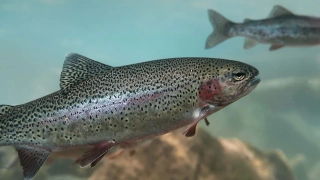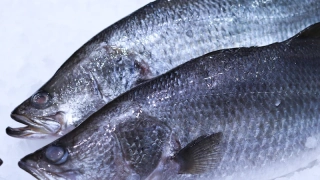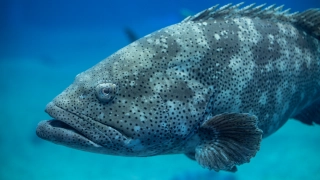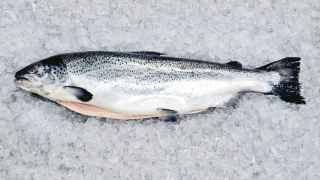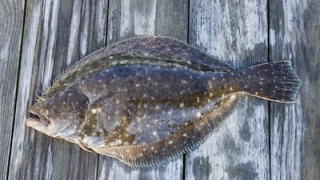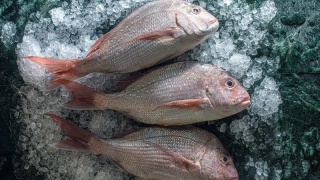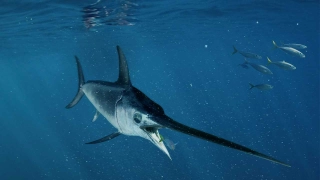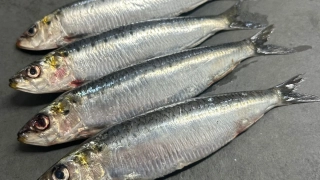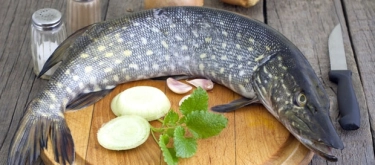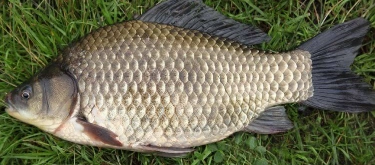Catfish: Taste Profile, Aroma, Benefits and Health Risks
Catfish refers to a diverse group of freshwater fish within the order Siluriformes, found worldwide. In culinary contexts, the most commonly consumed species are channel catfish (Ictalurus punctatus) in the United States and Pangasius species (basa, swai) in Asia. Catfish has a long-standing role in Southern U.S. cuisine, Asian river cooking, and African traditions, valued for its affordability, availability, and unique flavor.
Catfish is generally safe for most people, but individuals with fish allergies should avoid it. Farmed catfish has low mercury levels, making it suitable for children and pregnant women in moderate amounts. Wild catfish may accumulate pollutants depending on habitat, so sourcing is important.
What does Catfish taste like?
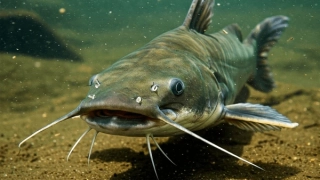
Complete Sensory Description
Catfish has a flavor that can vary depending on whether it is farmed or wild-caught, but in general it is mild and approachable, closer to chicken or tilapia than to oily, strongly flavored fish like mackerel or sardines. When you take a bite of farmed channel catfish, you first notice a gentle sweetness, almost like fresh white bread or boiled potatoes, combined with a clean, neutral fish flavor. It does not overwhelm the palate and lacks the strong briny or “fishy” sharpness that some people dislike in seafood.
Wild-caught catfish, however, often carries an additional earthy or muddy undertone, similar to the smell of wet soil after rain or the flavor of well water. This comes from natural compounds (geosmin, 2-methylisoborneol) that the fish absorbs from its river or pond environment. For some, this adds rustic authenticity; for others, it can feel unpleasant if not balanced by spices or marinades.
The texture contributes heavily to the sensory experience: catfish flesh is dense and moist, not flaky like cod but not rubbery either. When fried, the outside becomes crisp and golden, while the inside remains juicy and slightly sweet, producing a contrast similar to fried chicken but with a subtler flavor. When grilled or blackened with Cajun spices, its natural mildness acts as a background that carries smoky, spicy, and savory notes very well.
The aftertaste of farmed catfish is clean and lightly sweet, fading quickly without heaviness, making it easy to eat in larger portions. Wild catfish leaves a longer-lasting earthy finish on the tongue, reminding you of its river origin.
In-depth Flavor Analysis
The flavor of catfish is highly influenced by environment. Farmed channel catfish have controlled diets, producing mild, clean-tasting flesh. Wild catfish, especially bottom-feeders, may develop earthy or muddy notes caused by compounds like geosmin and 2-methylisoborneol present in algae and sediments. The sweetness of the flesh comes from amino acids such as glycine, while moderate lipid levels provide juiciness without heaviness. Asian Pangasius (basa, swai) are softer and more neutral in flavor, making them widely used as an inexpensive white fish substitute.
Varieties and Culinary Applications
-
Channel Catfish (Ictalurus punctatus) – iconic in Southern U.S. cuisine.
-
Blue and Flathead Catfish – larger species with stronger flavor.
-
Pangasius/Basa/Swai (Pangasius spp.) – farmed in Asia, exported globally, very mild taste.
Culinary uses:
-
Deep-fried catfish fillets, a staple in American Southern cooking.
-
Grilled or blackened catfish with spices (e.g., Cajun).
-
Stewed or braised in African and Asian cuisines.
-
Used in curries, soups, and traditional river dishes.
Selection and Storage
-
Fresh catfish fillets should be moist, firm, and without strong odor.
-
Avoid fillets with grayish or slimy appearance.
-
Store at 0–4°C and consume within 1–2 days.
-
Freeze at –18°C; farmed catfish retains texture well after thawing.
Nutritional Insights
Catfish is a good source of lean protein, vitamin B12, phosphorus, and selenium. Farmed catfish provides moderate omega-3 fatty acids, though less than oily fish like salmon. It is low in calories and fat, making it suitable for balanced diets.
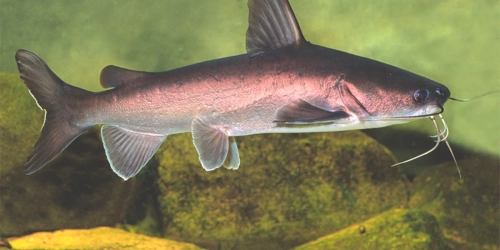
Expert Insights & Culinary Tips
Chefs recommend soaking wild-caught catfish in milk or buttermilk before cooking to reduce muddy flavors. Frying enhances its natural sweetness and firm texture, while grilling with bold spices (Cajun, paprika, garlic) highlights its versatility. Basa and swai are often used in mild-flavored recipes where neutral taste is desired.
Interesting and Curious Facts
-
Catfish get their name from the whisker-like barbels around their mouths.
-
They are one of the most diverse fish groups, with over 3,000 known species.
-
In the U.S., channel catfish farming is a major aquaculture industry, particularly in Mississippi.
-
African cultures use catfish in traditional stews, often with spicy tomato bases.
Harm and Dietary Considerations
-
Wild catfish from polluted waters may accumulate toxins and heavy metals.
-
Basa and swai farming has faced criticism for environmental impacts and variable quality.
-
Fried catfish dishes can be high in calories and unhealthy fats.
Religious Dietary Considerations
Catfish is halal in Islam and kosher in Judaism if it has visible scales (some species may not qualify). It is permitted in Hindu and Buddhist practices where fish is allowed. Interpretations vary across traditions due to differences in catfish scale structure.
Sustainability & Fishing Practices
-
Farmed channel catfish in the U.S. is considered sustainable, with efficient feed-to-fish ratios and low environmental impact.
-
Basa and swai farming in Asia is controversial: while inexpensive, farming practices have raised concerns over water pollution and antibiotics. Certified farms (ASC, BAP) are preferable.
-
Wild catfish populations are stable in many regions, but local overfishing or habitat degradation can affect sustainability.
-
Consumers should look for eco-certified farmed or responsibly caught catfish.
Final Thoughts & Sensory Journey
Catfish offers a spectrum of flavors, from mild and clean in farmed species to earthy and robust in wild-caught varieties. Its cultural significance, affordability, and versatility make it one of the world’s most widely appreciated freshwater fish. Choosing responsibly sourced catfish ensures both flavor and sustainability.
Resources
-
Tucker, C. S., & Hargreaves, J. A. (2004). Biology and Culture of Channel Catfish. Elsevier. ISBN 978-0444515391.
-
FAO Fisheries and Aquaculture Report: Catfish Farming and Trade.
-
Engle, C. R., & Hanson, T. R. (2010). Economics of Aquaculture Feeding Practices. Wiley-Blackwell. ISBN 978-0813815979.
-
NOAA Aquaculture Program: Catfish Sustainability Assessments.
-
Boyd, C. E., & McNevin, A. A. (2015). Aquaculture, Resource Use, and the Environment. Wiley-Blackwell. ISBN 978-1118858732.
